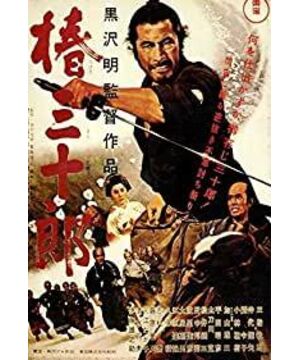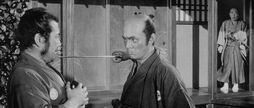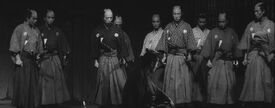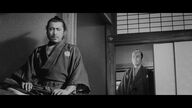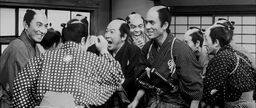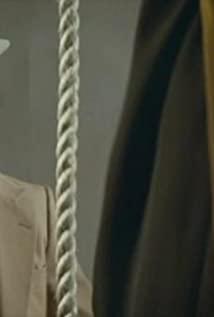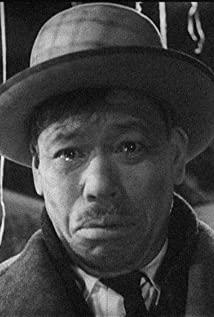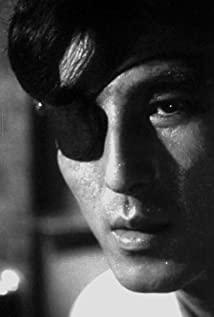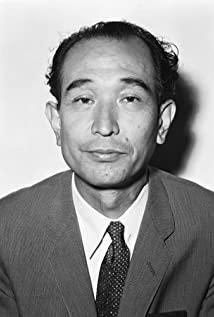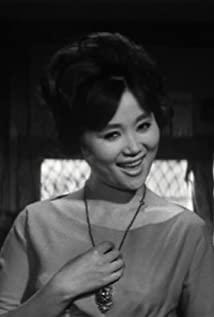Akira Kurosawa's "Tsubaki Tatsuhiro (Taiwan translation: Great Swordsman; Chinese translation: Piercing Sword)" is so famous that even if it is not a fan of martial arts dramas in the Japanese era, most fans of the basics have seen it. Even if you haven't watched a movie, you've at least heard of the classic duel between Toshiro Mifune and Tatsuya Nakadai at the end of the drama.
I would think of showing this film out again because I watched the "Killing" of Supervisor Kihachi Okamoto recently. This "Kill" and "Tsubaki Saniro" are both based on the short story of Yamamoto Yamamoto (the former is based on "Zhaishan no 17th", the latter is based on "Day and Day"), and the plot is very similar. Both movies Starring Nakadai Tatsuya, who are all about wandering rangers who occasionally help a group of young and passionate young warriors against the high officials who conspired to commit evil in the feudal clan. Therefore, after reading Kihachi Okamoto's "Killing", he had to take Kurosawa Akira's "Tsubaki Saniro" out for review for comparison.
Regarding the explanations and reviews of Kurosawa Akira's films, whether it is essays or special books, many people have written film reviews even for the slightly less popular "Tsubaki Saniro".
I don’t have more insights than the predecessors, but I revisited it last weekend, and I have new insights and discoveries, just write as follows:
If you deconstruct the film using the "one-size-fits-all" analysis method, you can find certain people, things, or things in the film, which can be interesting to the photo: nine young and passionate warriors (weak) contrast with the elders of the feudal clan. Senior officials such as family elders (strong); the collective actions of nine young warriors contrasted with a ronin warrior's volitional solo; a strict, strict training of young warriors (order) contrasted with unruly ronin warriors (disorder); rigorous and meticulous Bushido contrasted with cheap actions Pragmatic view (reach out for money as a reward); reckless (as soon as you get the news, you will ambush and assassinate 3 high-ranking officials in a sedan chair) and be cautious (if things are too easy to fear fraud); unemployed Ronin Mifune Toshiro (good swordsmanship) contrasts service The samurai Nakadai Tatsuya of Omesuke (the villain with strong swordsmanship); Mrs. Mutsuda/the old wife of the castle generation family (glossy, civilized, graceful, feminine) who has no power to restrain the chicken; Kuang, masculine); 4 samurai who do not believe in Mifune Toshiro vs. 5 samurai who believes in Mifune Toshiro; the residence of the black-hearted senior official (second family elder) vs. the residence of the young samurai; the justice samurai group vs. the evil senior samurai group; murder and arson ) Compare the falling flowers and flowing water (the secret sign that ladies think of); the tension of the samurai contrasts the leisure of the ladies; even Tsubaki Sankuro (Mifune Toshiro) can also compare with Sangden Sankuro (The Red Guard's Toshiro Mifune) in the past.
Although the old lady of the Shirodai family advised Tsubaki Sanjuro to reduce the light and use it as a sword in a scabbard, she has killed a lot of people since then! More than radiant radiance, it's basically a killing god descending into the world. This sword will not return to the scabbard until the end of the play. (I also noticed that the whole film has no casualties on the good side, but heavy casualties on the bad side! About 20 or 30 people were hacked to death by Tsubaki Saniro.) I
have never found that the scenes of this film are full of schedules before . Such a strong sense of music. After the ronin drove away the officers and soldiers, he called the hidden warriors out. At this time, the floor was opened, and the heads popped out one by one, and then opened a piece, and several heads popped out. The movements and pictures showed a sense of rhythm. The samurai assembles after the night is about to break through the wall, and they stick out their heads one by one in a patchwork before going up to the wall. The actors' movements seem to be rehearsed, making the movements full of rhythm and fun.
Another example of a musical picture is Falling Flowers and Flowing Water. The three stupid officials were deceived and began to hurriedly sprinkle chrysanthemum flowers in the stream. The samurai next door first saw a chrysanthemum flower drifting over, and then another one followed, and after a while, a large number of chrysanthemum flowers flowed over, beautiful as a cloud. The appearance and flow of flowers are also full of rhythm.
Finally, Tsubakijuro (Mifune Toshiro) and Muroto Hanbei (Nakadai Tatsuya) met in the suburbs. After the two talked, they also negotiated the terms (Muroto promised not to chase down these young samurai if they win), Saniro agreed to a duel, and the two began to put their hands down and stretch out their sleeves. I specially timed it. It took 23 to 24 seconds from the moment I stretched my hands out of my sleeves to the moment when I was positioned, confronted, tightened, and when Muroto started drawing the knife.
Everyone said that Saniro pierced Muroto's heart with a single knife, causing the most amazing blood column in movie history. But in this scene, I used the DVD slow-motion playback function to watch. Sanjuro draws the knife with his left hand backwards, so that the blade moves roughly from his lower right to the upper left, and at the same time uses his right hand to press the back of the knife to assist in forward and upward force. Push away. Judging from this angle, it is only possible to cut Muroto's right abdomen, or to cut the right side and chest up, but it is difficult to cut to the left chest, let alone the heart on the left side of the body. What's more, this is a "stroke" and "cut" movement, not a "stab." Therefore, I think Muroto was attacked only on the right side of the body, not the heart, let alone a "heart-piercing sword."
In fact, swordsmanship is most concerned about the choice and estimation of the distance between the enemy and ourselves. At first Murato stood in that position and almost lost. Because the distance between the two is too close. Muroto didn't try to distance himself. He also used the traditional kendo method to draw the sword first and then cut it. Time was wasted, and the position of his body did not change, his footsteps did not move, and the direction did not change. Sanjuro uses the unorthodox and unorthodox counter-drawing method to solve the problem of insufficient distance and time.
And it is a ronin who does not follow the official path of officialdom and does not join the inherent rigid system to win this battle. Looking at it from another angle, didn't Kurosawa supervise the film by using a non-traditional reversal of swordsmanship to make a living in the traditional and rigorous Japanese film scene?
Finally, Zhiwen Publishing House published "Film Art. Kurosawa Akira's World" translated by Cao Yongyang and written by Donald Ricky. There are many errors in the description, characters, and dialogue of each movie. I really don’t know if the author wrote it indiscriminately. , Or the translator messing around? Have you actually watched a movie? Every time I watch a certain Kurosawa movie, I always have to find out the book and delete and correct its mistakes in order to be at ease.
PS: In the past two days, Brother PromLin also made a supplement, providing a complete breakdown of the picture, it is worth seeing.
View more about Sanjuro reviews


